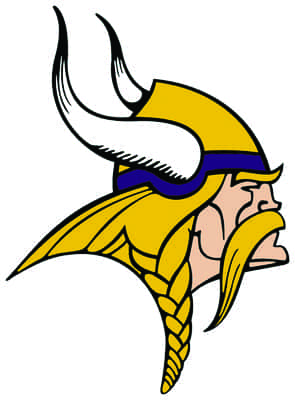
The Minnesota Vikings have entered a new era after they allowed Kirk Cousins to walk away and sign with the Atlanta Falcons in free agency, leaving the future of the QB position in question. The Vikings acquired Sam Darnold as a possible stop-gap quarterback to fill the void left by Cousins. So, the time has come again for the Vikings to take another spin on the QB Draft Roulette Wheel and try to find their modern-day Fran Tarkenton.
However, there are other areas of concern to address, including sprucing up what was a bottom-10 pass defense in the league and addressing other depth chart needs.
So, let’s examine the possibilities for the Vikings tomorrow and throughout the draft.
1st Round
Minnesota Trades Picks #11 & #23 to Tennessee for Pick #7
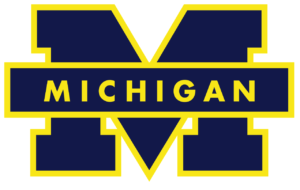 Pick 7: J.J. McCarthy, QB Michigan
Pick 7: J.J. McCarthy, QB Michigan
The Minnesota Vikings’ recent history of drafting quarterbacks has been less than ideal. The last five signal callers drafted by the Vikings are John David Booty, Christian Ponder, Teddy Bridgewater, Nate Stanley, 249th overall, and Kellen Mond.
However, the errors of previous administrations must be kept from dictating the current strategy. The Vikings need a quarterback, and the likelihood of trading up into the top three is nonexistent, which means Minnesota will have to pick and choose its spot on when to move up.
In this exercise, I have the Cardinals and Chargers holding onto their respective picks to take the best WR and OL available. The Giants are the ultimate wild card in this draft. They may pull the trigger on a quarterback, ending the Daniel Jones era, or try to surround him with more offensive firepower. If the Giants take anything other than a quarterback, the Vikings should run, not walk to their phones, to trade with the Titans for pick number seven.
This allows Tennessee to trade back and acquire picks that’ll help them kick off their new era after they fired Mike Vrabel in the offseason while enabling the Vikings to get their QB of the future. McCarthy projects to be an accurate pocket passer with above-average athleticism, allowing him to create plays with his legs. In an ideal scenario, Darnold holds the fort until the bye week, and then McCarthy takes over.
4th Round
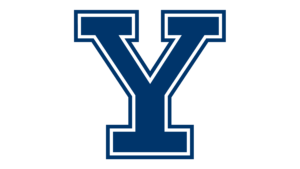 Pick 108: Kiran Amegadjie, OL Yale
Pick 108: Kiran Amegadjie, OL Yale
Amegadjie is a massive athlete at 6’5, and 323lbs who dominated at the FCS level. The holdups are not about his athletic profile but rather the competition level he faced and questions surrounding his health after sustaining a quad injury that forced him to miss most of his last season with the Bulldogs.
This developmental project could be a huge win for the Vikings in the future. Amegadjie possesses the quick first step that could allow him to stay on the outside, or he could slot into the interior as a mauler of a guard who helps open up space in the run game. While the O-line is not an immediate need for the club, having good O-line depth is always a positive.
Vikings Trade Picks #129 and #157 to Denver for Pick #121
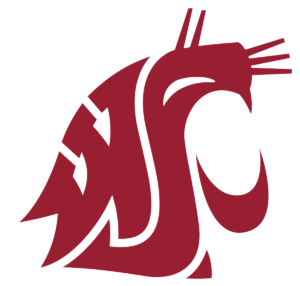 Pick 121: Jaden Hicks, Safety Washington St.
Pick 121: Jaden Hicks, Safety Washington St.
Hicks is a versatile Safety that could thrive under the guidance of an experienced defensive coordinator like Brian Flores. In college, he had the ability to be in the right place at the right time and was a big-time playmaker for the Cougars in Pullman. His issues relate to his ability to hold up in-man coverage against speedier and shiftier receivers.
But given Flores’s fondness for his zone blitz scheme, there is no reason to believe that Hicks’s talents can’t be maximized in his scheme. Hicks provides to ability to be able to draft an immediate impact player, who gives you tremendous upside for future development.
5th Round
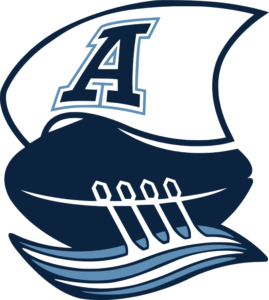 Pick 157: Qwan’tez Stiggers, CB CFL (Toronto)
Pick 157: Qwan’tez Stiggers, CB CFL (Toronto)
After his father’s death, Stiggers dropped out of college and played in an indoor 7-on-7 league before taking his talents to the CFL as a member of the Toronto Argonauts. It’s not every day that teams get an opportunity to draft professionals from an outside league, but this is one of those opportunities.
Stiggers has the natural playmaking ability that defensive coordinators love to see, but he needs polish to thrive at the next level. Not every player you draft should be expected to be a day-one starter, but every team should want to draft players like Stiggers, who has had to grind for every opportunity he’s had.
6th Round
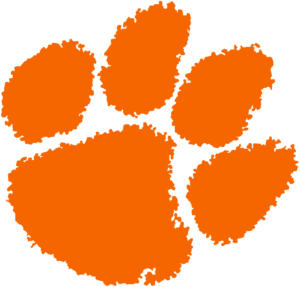 Pick 177: Tyler Davis, DT Clemson
Pick 177: Tyler Davis, DT Clemson
Tyler Davis is another player facing some questions about his health after setbacks prevented him from replicating his early success at Clemson. However, if not for his health setbacks, there’s no reason to believe that Davis couldn’t be a day-two pick.
Athlete-wise, there’s nothing not to like. He’s got a quick first step mixed in with well above average strength bench-pressing 405 pounds, doing 30 reps of 225, squatting 680, and running a 4.95sec 40-yard dash this offseason.
With a little pass-rush refinement and injury luck, he could be a valuable addition to the Vikings’ defense in the future.
7th Round
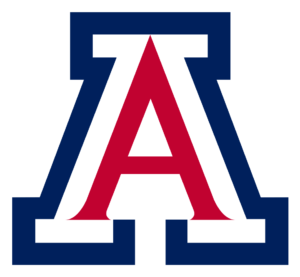 Pick 230: Tanner McLachlan, TE Arizona
Pick 230: Tanner McLachlan, TE Arizona
A big body tight end at 6’5 244lbs that runs a move but limited route tree that profiles as an in-line receiving threat. His long arms should also allow him to develop well as a blocker. When teams are this far into the draft, there’s nothing wrong with taking the best player on the board, and there are not many scenarios where McLachlan wouldn’t be near the top of the board this far into the draft.
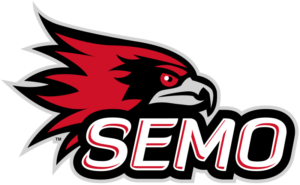 Pick 232: Ryan Flournoy, WR SE Missouri St
Pick 232: Ryan Flournoy, WR SE Missouri St
Flournoy ran a good but not great forty. He has a good but not elite frame at 6’1, 200lbs, and he ran a good but not diverse route tree. The same was also said last year about Puka Nacua coming out of BYU, and he turned into a Pro Bowler.
Flournoy shouldn’t be expected to produce like Puka Nacua off the jump, but he was an elite playmaker in college, earning an invite to the Senior Bowl. Sometimes, playmakers are playmakers for a reason, and taking a seventh-round flyer on arguably the best receiver at the FCS level last season is a decent enough strategy.
